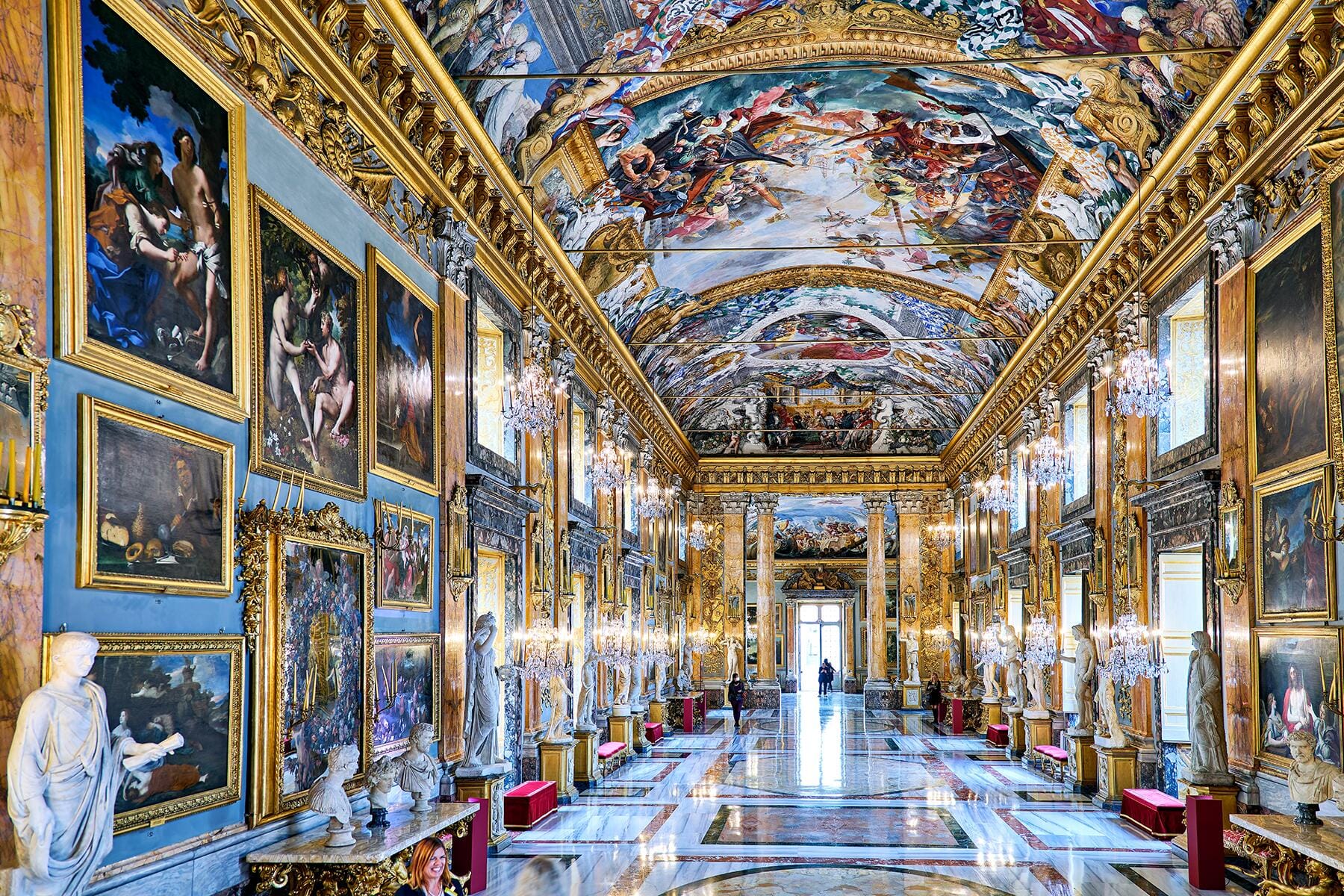Because there’s so much more to do in Rome than the Sistine Chapel.
For most first-time visitors to Rome, the top two bucket list sights are typically the Colosseum and the Vatican. Home to Michelangelo’s Sistine Chapel, the Vatican Museums receives up to 30,000 visitors per day, which doesn’t exactly make for the most pleasant museum-going experience. Of course, you should see them once in your lifetime, but once you’ve checked those spots off your bucket list, there are plenty of other places to see art in Rome, from aristocratic palaces with Renaissance frescoes to contemporary art museums designed by starchitects. Here are ten lesser-known museums worth visiting on your next trip to the Eternal City.
Related: The Best Things to Do in Rome





